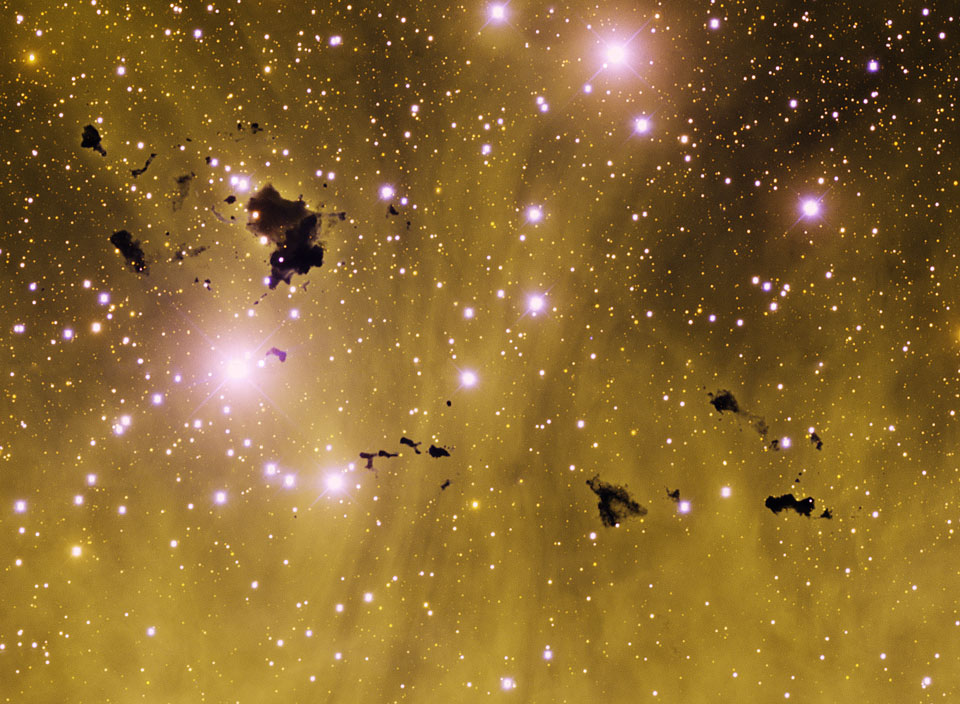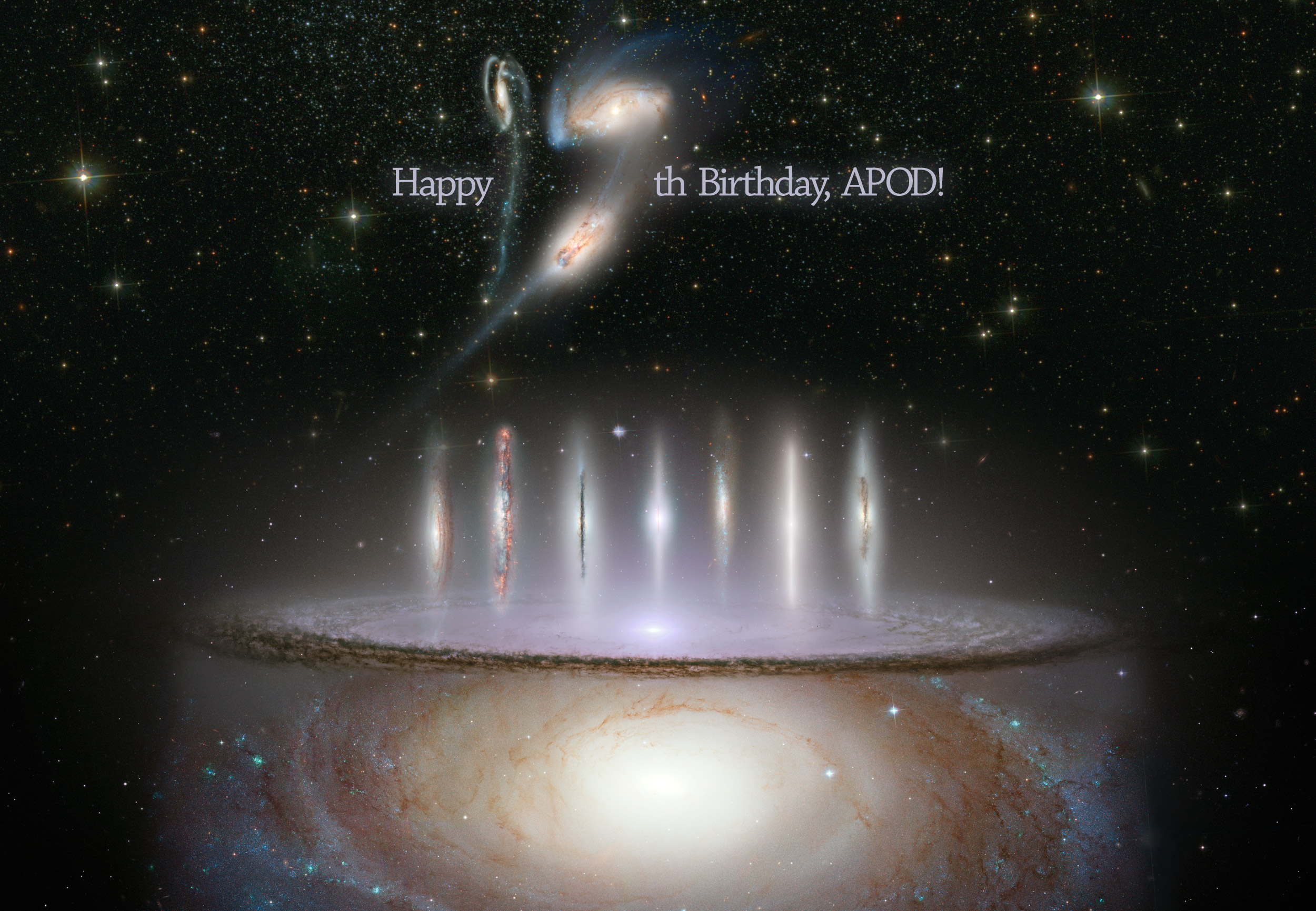E=mc^2 right? So lower energy equals lower mass, right? So slower electrons (with less kinetic energy) are lighter, right? Wrong.
This is a phenomenon that is failed by classical physics, but is explained by quantum physics.
Cool electrons in conductors down, and they gain mass, causing them to behave like much heavier particles. As the temperature falls close to absolute zero (-273.15 degrees celsius), the material becomes superconducting, meaning the electrons flow with negligible resistance, despite their heaviness.
The reason for this is that, as the electrons cool, they behave in a far more 'quantum' way, and start to entangle with each other. Orbital electrons (stuck around atoms) and free electrons (forming the current) start to merge, resulting in entangled electrons of greater mass - hence why their observed mass increases.
These experiments with the behaviour of superconducting electrons might, one day, inform the design of materials that can exhibit superconduction at temperatures closer to room temperature. This would save massive amounts of energy, that is currently lost in devices, and across power lines.
http://phys.org/news/2012-06-mass-scientists-electrons-heavy-speedy.html
What the hell's going on, on Io?
Satellite and ground-based measurements suggest the volcanic activity on Io is powered not by internal activity, and not by tidal forces from the planet that Io orbits - Jupiter.
"The pattern that emerges points to a complex heating process within Io," said Matson... What we see indicates a mixture of both deep and shallow heating."
http://phys.org/news/2012-06-volcanic-io.html
'Wi-fi will soon reach its limits: Dutch study'
Wi-Fi networks communicate by emitting and detecting microwaves. Too many sources mean an ocean of overlapping waves, convoluting any particular signal, and make it more difficult to communicate.
Woah - back up a bit! Microwaves?? Aren't they used to cook things? Yes, they are, but a typical microwave applies energy to the food at ~700 watts, whereas WiFi devices output a maximum of 0.1 watts - less than you experience when walking in sunlight.
http://phys.org/news/2012-06-wi-fi-limits-dutch.html
When stars reach the 'end of the track', they end up as neutron stars or white dwarfs (or black holes), depending on their former mass.
But a curious characteristic of star remnants is that they spin much slower than expected. This can be accounted for by the existence of a magnetic resonance instability, which increases the viscosity of the star's plasma, thereby decreasing the rotational velocity of its core.
The magnetic field inside the star slows its spin down, to observed values. Due to the scale of star lifetimes, this has not been observed 'in situ'.
http://phys.org/news/2012-06-magnetic-fields-stars.html
'Ancient effect harnessed to produce electricity from waste heat'
Isn't all physics equally ancient? Some of it's just been discovered and identified more recently. Anyways...
This method depends on a temperature gradient to shift electrons around - hot items can only be used to produce electricity while they're hott-er than their surroundings.
This technology could be used at the end of the day, when devices are switched off, or in walls, when the sun sets, for example.
http://phys.org/news/2012-06-ancient-effect-harnessed-electricity.html
A newly found exoplanet that "resets the bar for 'weird'" has been discovered by a surprisingly small telescope.
KELT-1b and KELT-2Ab were both seen by the KELT telescope, which stands for "Kilodegree Extremely Little Telescope"
The reason they could be seen is that their host stars are so bright that the effect when they eclipse them is easily seen against the background sky.
"KELT-2Ab, is 30 percent larger than Jupiter with 50 percent more mass. It resides in a binary system called HD 42176, with one star that is slightly bigger than our sun, and another star that is slightly smaller."
"KELT-1b, in contrast, is one of the most bizarre transiting companions ever detected. It orbits a star not unlike our sun, but the similarity to our solar system ends there.
The planet is slightly larger than Jupiter, but contains 27 times the mass. Thus, it qualifies as a 'failed star,' or "brown dwarf." Although it is made primarily of hydrogen, it is so massive and compressed that its density matches that of the densest naturally occurring element on Earth: osmium - a shiny, bluish metal found in platinum ore that is approximately twice as dense as lead.
Because it orbits its host star once every 30 hours, a solar "year" on KELT-1b passes in a little more than one Earth day. And because it orbits so closely, it is blasted with 6,000 times the amount of stellar radiation than we are exposed to on Earth. Its surface temperature is likely above 4,000 degrees Fahrenheit (about 2,200 degrees Celsius)."
http://phys.org/news/2012-06-extremely-telescope-pair-odd-planets.html
http://www.astronomynow.com/news/n1206/15littlescope/
If you'd like to contribute to finding more exoplanets, there's a project you can sign up to:
http://phys.org/news/2012-06-amateur-scientists-niche-planets.html
http://www.planethunters.org/
Liu Yang: China's first female taikonaut.
At first, she wanted to be a bus conductor, then a lawyer, then a pilot, and now - a taikonaut.
http://phys.org/news/2012-06-liu-yang-china-female-astronaut.html
http://phys.org/news/2012-06-china-woman-astronaut-space.html
China watched the space race from the sidelines, but now it's really got going, it's finally a competitor for NASA and ESA
http://phys.org/news/2012-06-china-space-mission-ambitions.html
[video] A super-hydrophobic surface has been designed that repels water so well that a small jet of water can be used to 'write' on its submerged surface, in air!
http://phys.org/news/2012-06-superhydrophobic-surface-optical-air-video.html
Thackeray's Globules

http://apod.nasa.gov/apod/ap120612.html
Happy Birthday, Astronomy Picture of The Day! I've loved your pictures, for so many years :)

http://apod.nasa.gov/apod/ap120616.html
No comments:
Post a Comment